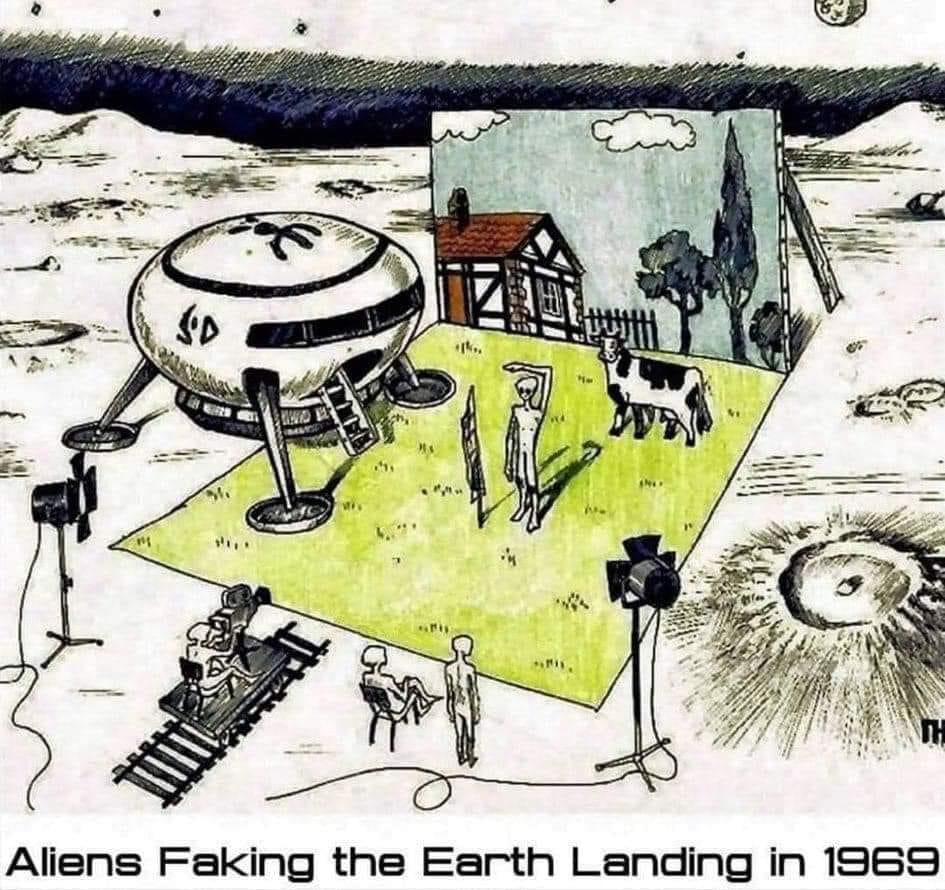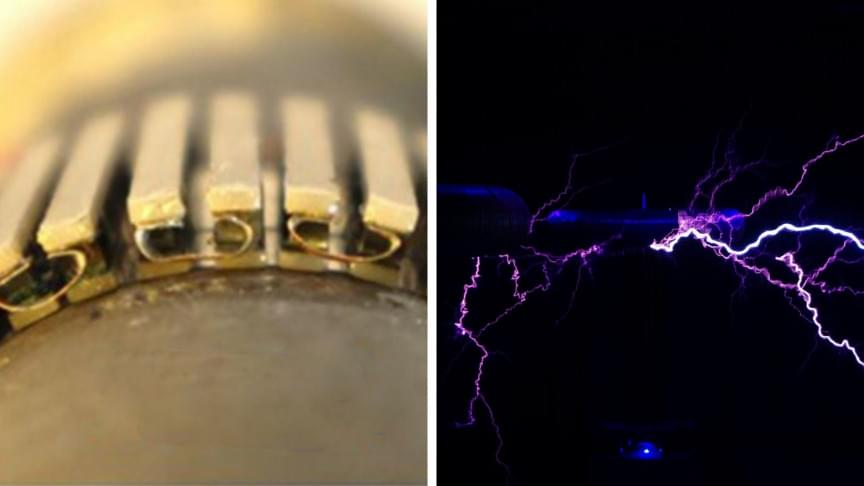Concetta Antico is the world’s most famous tetrachromat, meaning she has four types of color receptors (cone cells) in her eyes. Most of us have three types. As a result of this mutation, Antico can see around 100 million colors, 100 times more than other people. Antico is an artist and she says that her psychedelic color paintings depict what she perceives. I wonder though what her paintings look like through her eyes. From The Guardian:
According to Dr Kimberly Jameson, a University of California scientist who has studied Antico, just having the gene – which around 15% of women have – is not alone sufficient to be a tetrachromat, but it’s a necessary condition. “In Concetta’s case … one thing we believe is that because she’s been painting sort of continuously since the age of seven years old, she has really enlisted this extra potential and used it. This is how genetics works: it gives you the potential to do things and if the environment demands that you do that thing, then the genes kick in.”[…]
While the natural world is a positive stimulant for Antico, many man-made environments, such as a large shopping centre with fluorescent lighting, have the opposite effect. “I feel very uneasy. I actually avoid going into those kinds of buildings unless I absolutely have to,” she says. “I don’t enjoy the barrage, the massive onslaught of bits of unattractive colour. I mean, there’s a difference between looking at a row of stuff in a grocery store and looking at a row of trees. It’s like, it’s ugly, and the lights are garish. It makes me not happy.”






